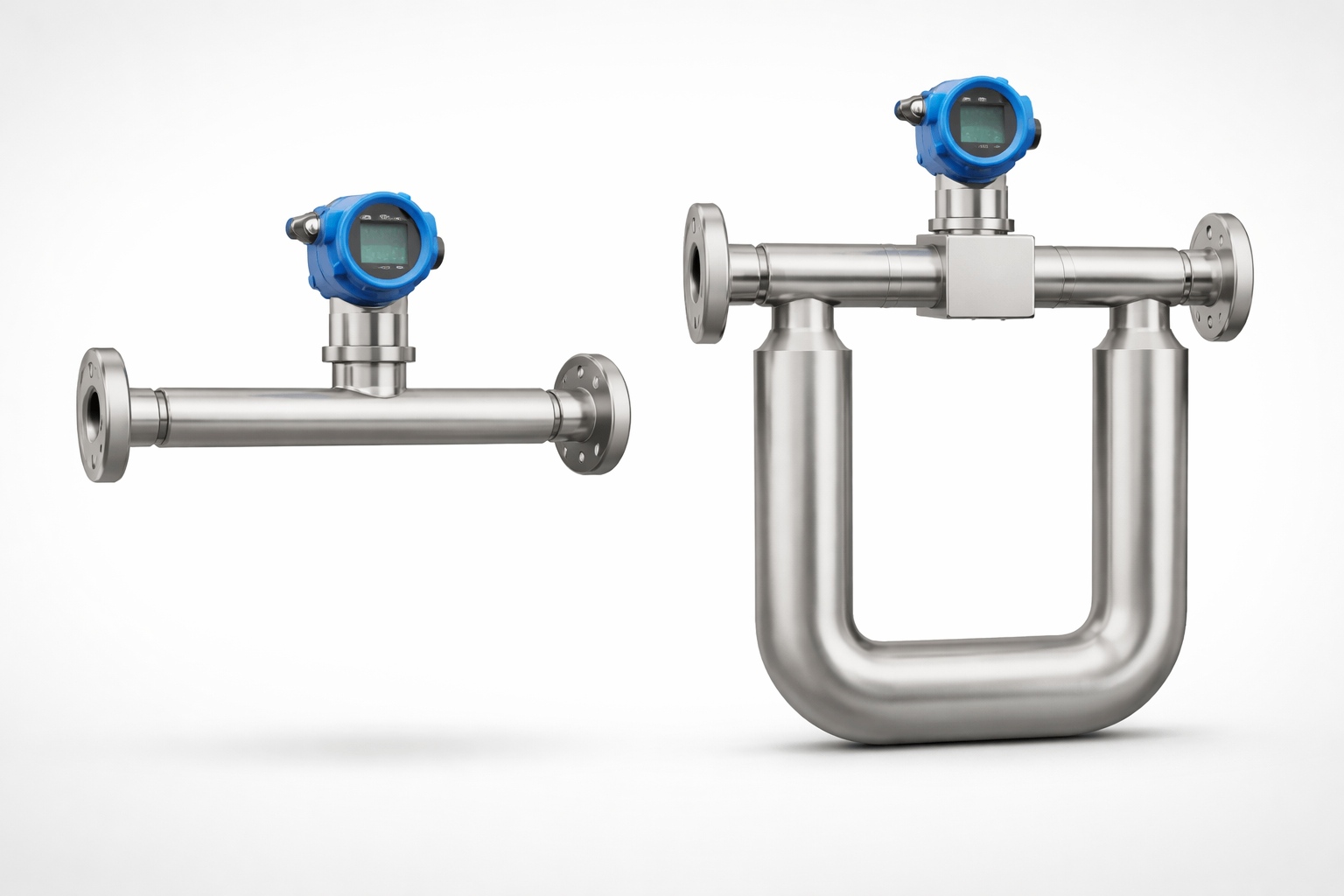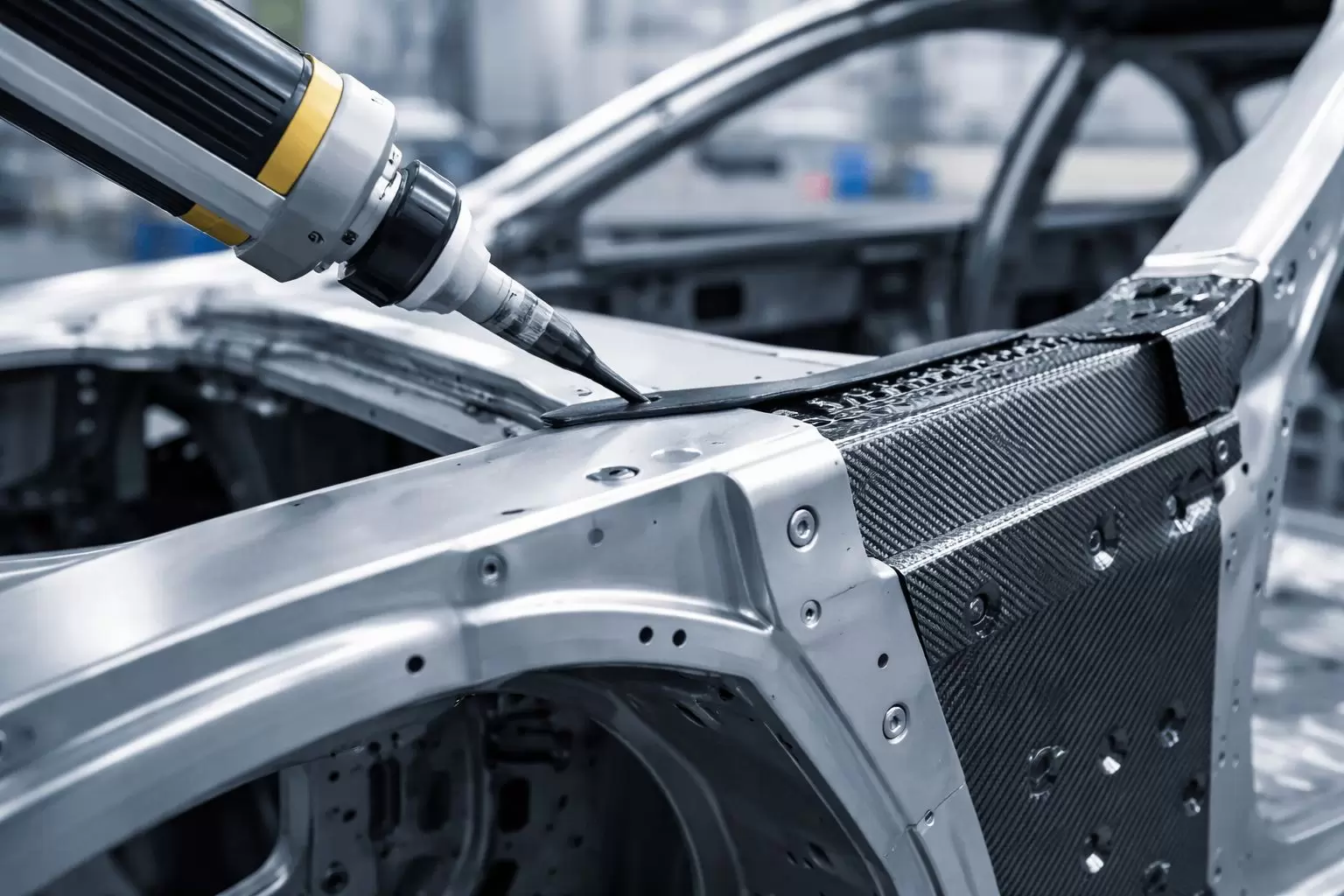In the world of auto insurance, the decision to switch from full coverage to liability coverage is a significant one that can have lasting financial implications. Understanding when to make this transition requires a careful analysis of your personal circumstances, the value of your vehicle, and your financial situation. This article will delve into the factors that influence this decision, helping you navigate the complexities of auto insurance coverage.
Understanding Full Coverage vs. Liability Insurance
Before we explore when to switch, it’s essential to clarify what full coverage and liability insurance entail. Full coverage typically includes both liability insurance and comprehensive and collision coverage. This means that not only are you protected against damages you cause to others, but you also have coverage for your vehicle in the event of an accident, theft, or natural disaster.
On the other hand, liability insurance covers only the damages you cause to other vehicles and property, as well as medical expenses for others involved in an accident where you are at fault. It does not cover your vehicle or your medical expenses.
Factors to Consider When Making the Switch
- Value of Your Vehicle: One of the primary considerations is the current market value of your vehicle. As cars depreciate over time, the cost of maintaining full coverage may outweigh the benefits. A common rule of thumb is to consider switching to liability coverage when your vehicle's value drops below 10 times the cost of your annual full coverage premium. For example, if your full coverage costs $1,200 a year, you might consider switching when your car's value falls below $12,000.
- Financial Situation: Assess your financial stability and ability to absorb potential losses. If you have sufficient savings to cover the cost of repairs or replacement in the event of an accident, you may feel more comfortable opting for liability coverage. Conversely, if your financial situation is precarious, maintaining full coverage might provide peace of mind.
- Driving Habits: Your driving habits play a crucial role in determining your insurance needs. If you drive infrequently or primarily use public transportation, the risk of an accident diminishes, making liability coverage a more viable option. However, if you frequently drive in high-traffic areas or have a long commute, full coverage may be more prudent.
- Age and Condition of the Vehicle: Older vehicles often require less comprehensive coverage. If your car is several years old and has significant wear and tear, the cost of full coverage may not be justified. In such cases, liability coverage can provide adequate protection without the high premiums associated with full coverage.
- State Requirements: Different states have varying minimum insurance requirements. Ensure that you are compliant with your state’s laws when considering a switch. Some states may require higher liability limits, which could influence your decision.
Timing the Transition
The decision to switch from full coverage to liability insurance should not be made hastily. It’s advisable to review your insurance policy annually or whenever there is a significant change in your circumstances, such as purchasing a new vehicle, moving to a different state, or experiencing a change in income.
Conclusion
Switching from full coverage to liability insurance is a decision that requires careful consideration of multiple factors, including the value of your vehicle, your financial situation, and your driving habits. By evaluating these elements, you can make an informed choice that aligns with your financial goals and risk tolerance. Always consult with an insurance professional to ensure that you are making the best decision for your unique circumstances.






